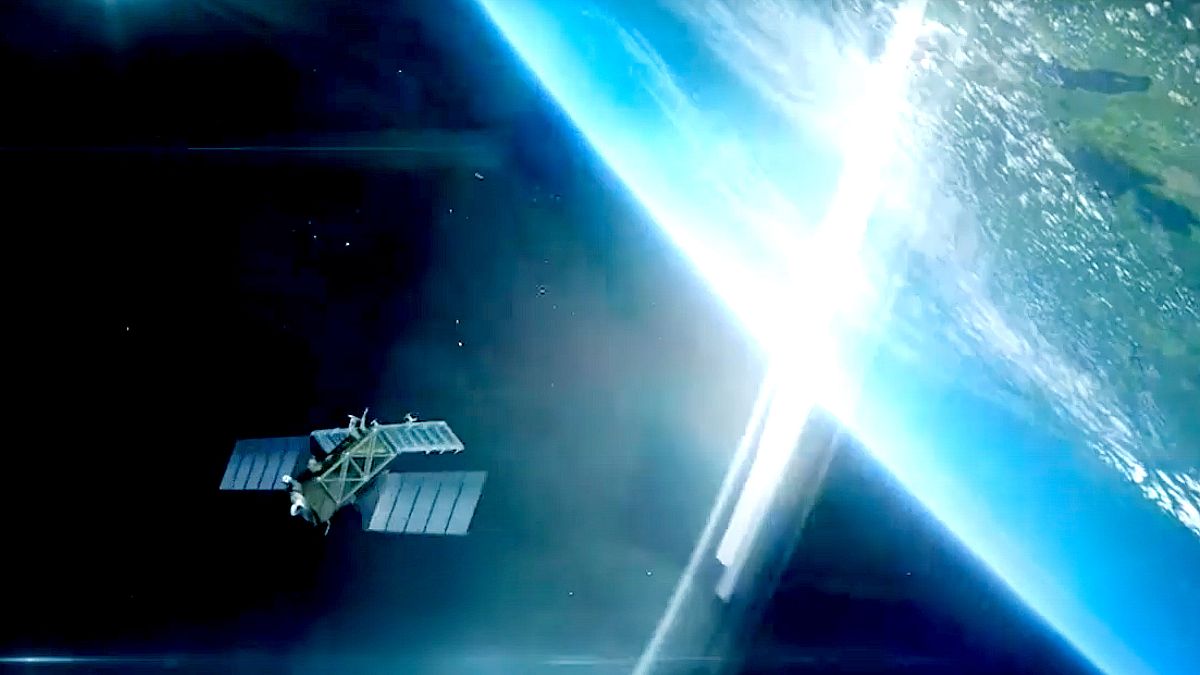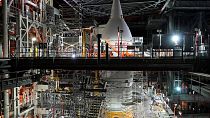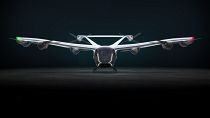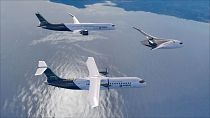Airbus’s space based environmental monitoring strategies are high-tech solutions helping tackle climate challenges.
Satellites have been in Earth’s orbit transmitting vital information about weather patterns, the planet’s surface, its atmosphere and the wider solar system for over 60 years.
Technological advancements such as artificial intelligence and big data processing have made satellites powerful tools capable of measuring subtle changes from orbit and transmitting the data to Earth in real-time.
Airbus Defence and Space has been building Earth observation satellites for 40 years and has successfully launched close to 70 Earth observation satellites. These spacecraft use cutting edge instrument technologies and can capture data from over 1,000 kilometres away.
Harness the power of space to improve life on Earth
Airbus’s Earth observation satellites, for example, observe complex details from space including soil moisture levels and salt levels in the oceans. They can also measure polar ice sheet thickness as well as their rates of change.
These data may not seem so critical but they play a vital part in helping researchers and scientists to prepare global reports such as the United Nations Intergovernmental Panel on Climate Change. Essential Climate Variables (ECVs), outlined by the Global Climate Observing System (GCOS), are used to characterise observations. These include atmospheric, terrestrial and ocean observations and 50% of them are only visible from space. Now more than ever, governments, scientists and researchers need satellites to understand how fast and to what extent climate change is occurring.
Over time, the world has seen how important environmental data is and will only continue to be over the next two decades as the world races to slow the warming of the planet. Airbus is proud to be working with global institutions to provide the information required to help protect the planet and prepare communities for climate related events.
BIOMASS
Airbus Defence and Space is a long-term partner of the European Space Agency (ESA) and has worked with the agency for close to 40 years. Airbus is building the Earth observing satellite for ESA’s program BIOMASS, which records over the long-term the state and scale of the Earth’s forests.
The environmental space mission will last five years and provide data on deforestation, carbon levels and more precise information on the planet's carbon cycle. Specifically the satellite is designed to produce “global scale maps of biomass and changes in biomass due to forest loss (from logging/burning) and forest regrowth”. This will inform decisions relating to policy and programs for agriculture, biodiversity and international agreements and treaties.
Copernicus programme
Copernicus - named after Nicolaus Copernicus the Polish astronomer known as the “father of modern astronomy” - is managed by the European Commission, implemented in partnership with the Member States, the European Space Agency, European Union and European Environment Agency (ESA), the European Organisation for the Exploitation of Meteorological Satellites (EUMETSAT), the European Centre for Medium-Range Weather Forecasts (ECMWF), EU Agencies and Mercator Océan.
With a vision to create the “world’s most ambitious environment and climate monitoring programme”, Copernicus monitors and captures data on the Earth’s oceans, atmosphere, climate change, land, security and to help in the management of emergency situations.
It has been a decades-long initiative and comprises six families of Sentinel satellites that have been orbiting the Earth since 2014. Airbus contributed to all of them, notably the Sentinel 2, for which Airbus has built two of the satellites with two additional ones in development. In 2020, six new missions expanding the capabilities of the current Copernicus space component were announced. Overall, Airbus is responsible for the spacecraft or payload on 3 of the 6 new generation Copernicus Environment and Earth observation missions: LSTM, CRISTAL and Rose-L, and is providing critical equipment to all six.
A range of environmental data points are measured, such as the levels of aerosols, the ozone layer, atmospheric composition and biodiversity. The satellites also help to measure air quality and evaluate coastal areas and forests. Spacecraft equipped with radars can monitor the Earth’s surface day and night, thanks to the ability to penetrate cloud layers.
These data inform European policy and provide decision makers with extensive environmental information delivered through Airbus’ ground infrastructure.
Copernicus data is free and available on smartphone and tablets making it accessible to researchers and the general public.
These are some of the ways in which Airbus is leveraging its technology and expertise to help capture, send and analyse vital information on the health of our planet. The more advanced satellites become, the more accurate, and more useful the data will be.
Discover the highlights of the Airbus Summit 2021





